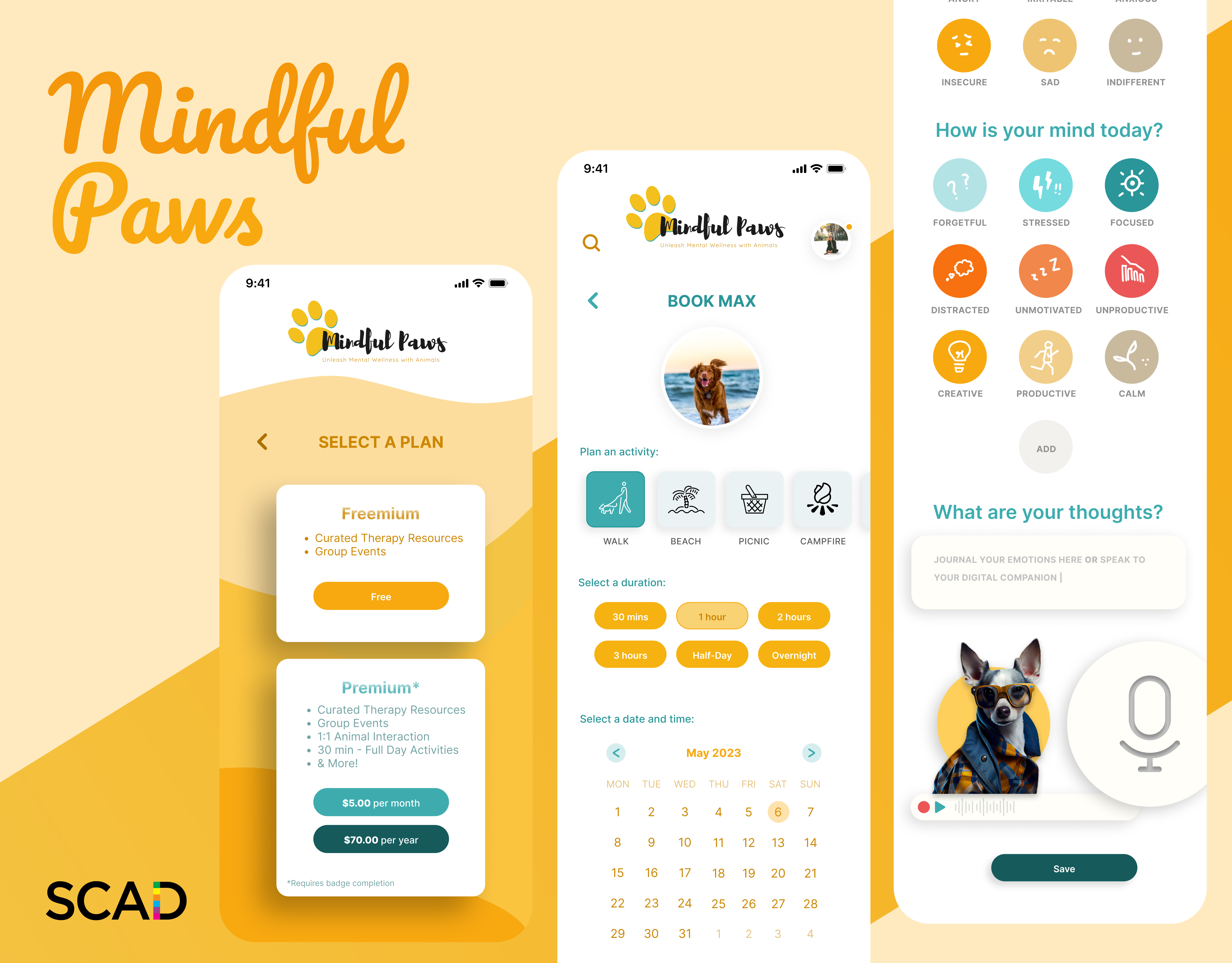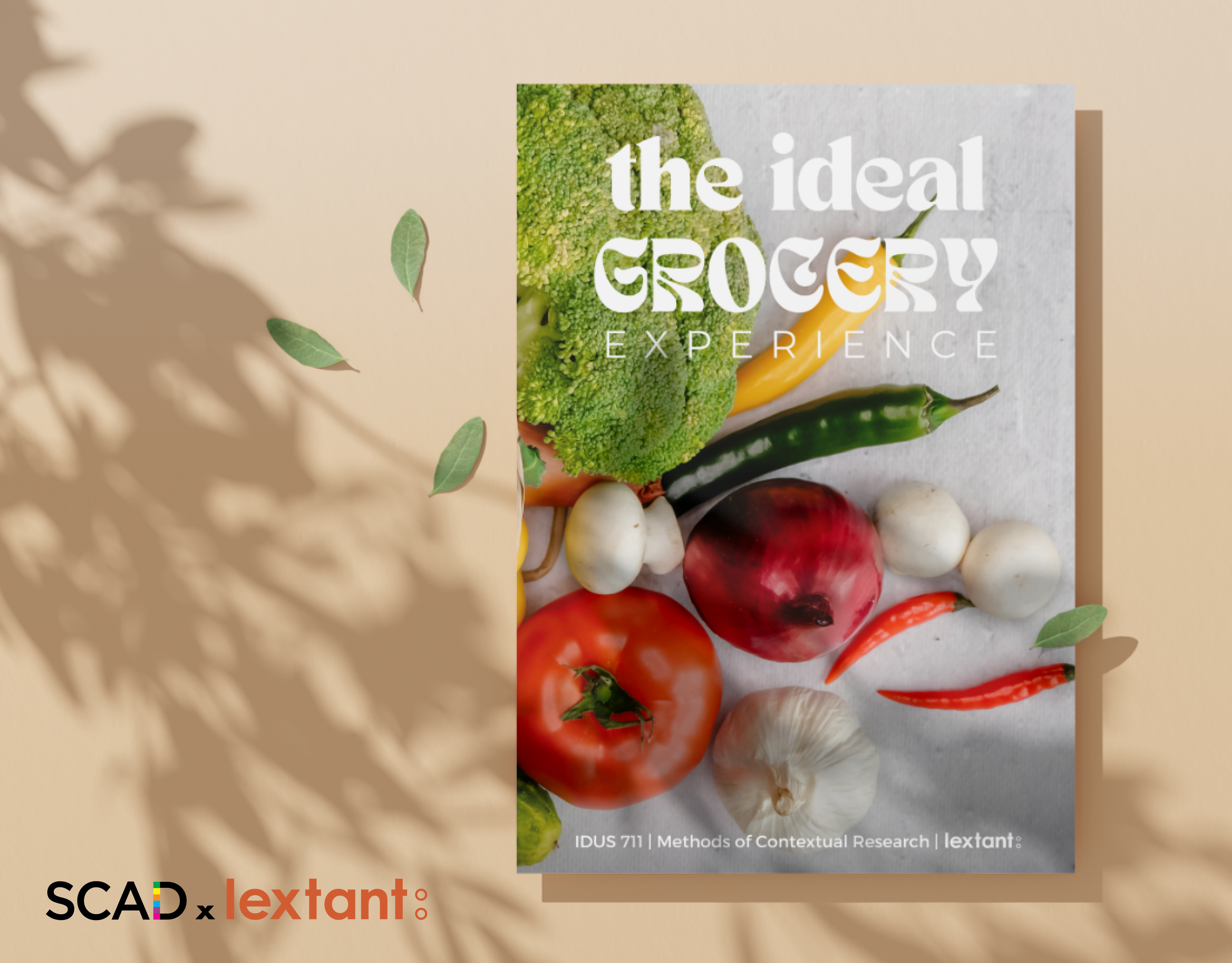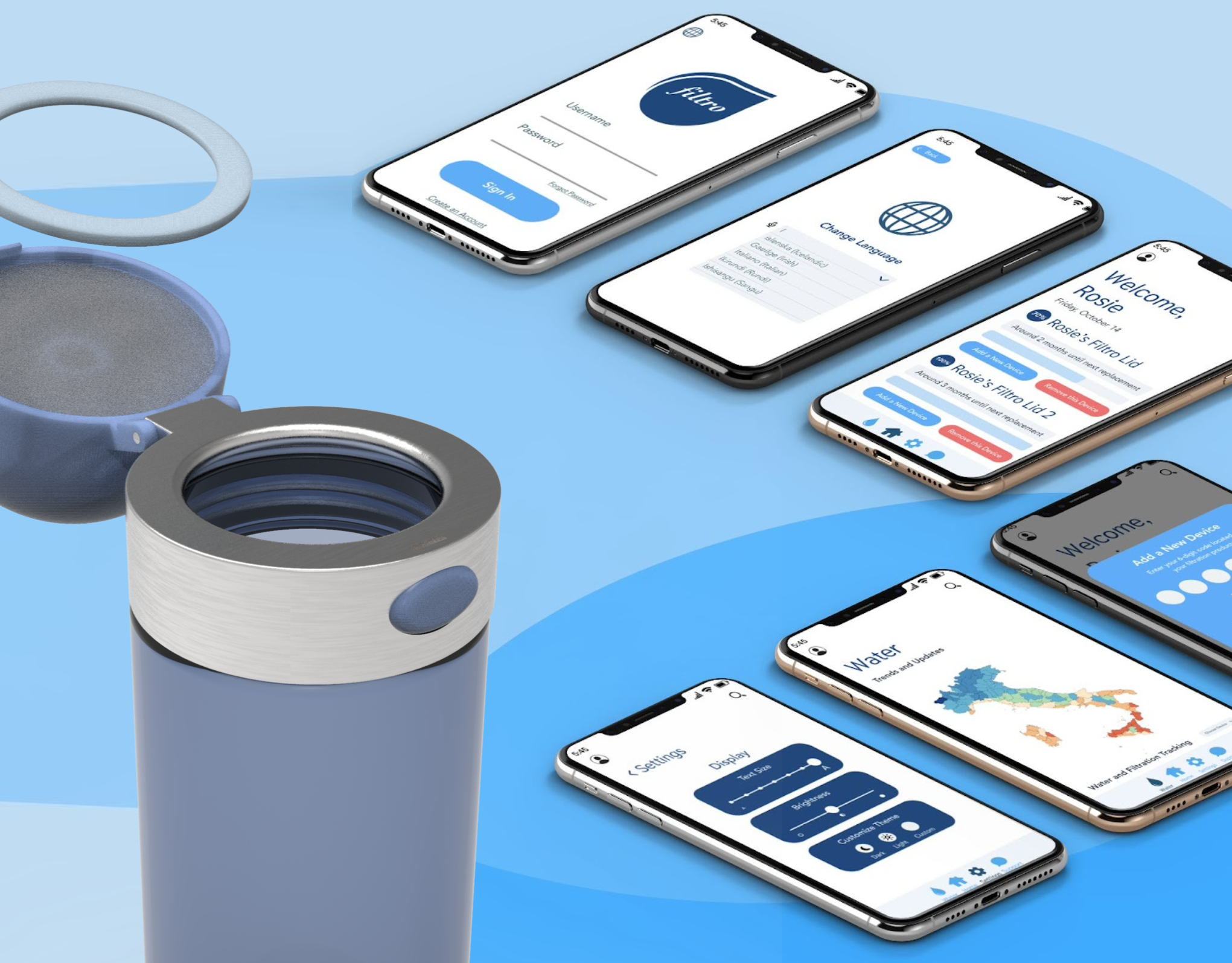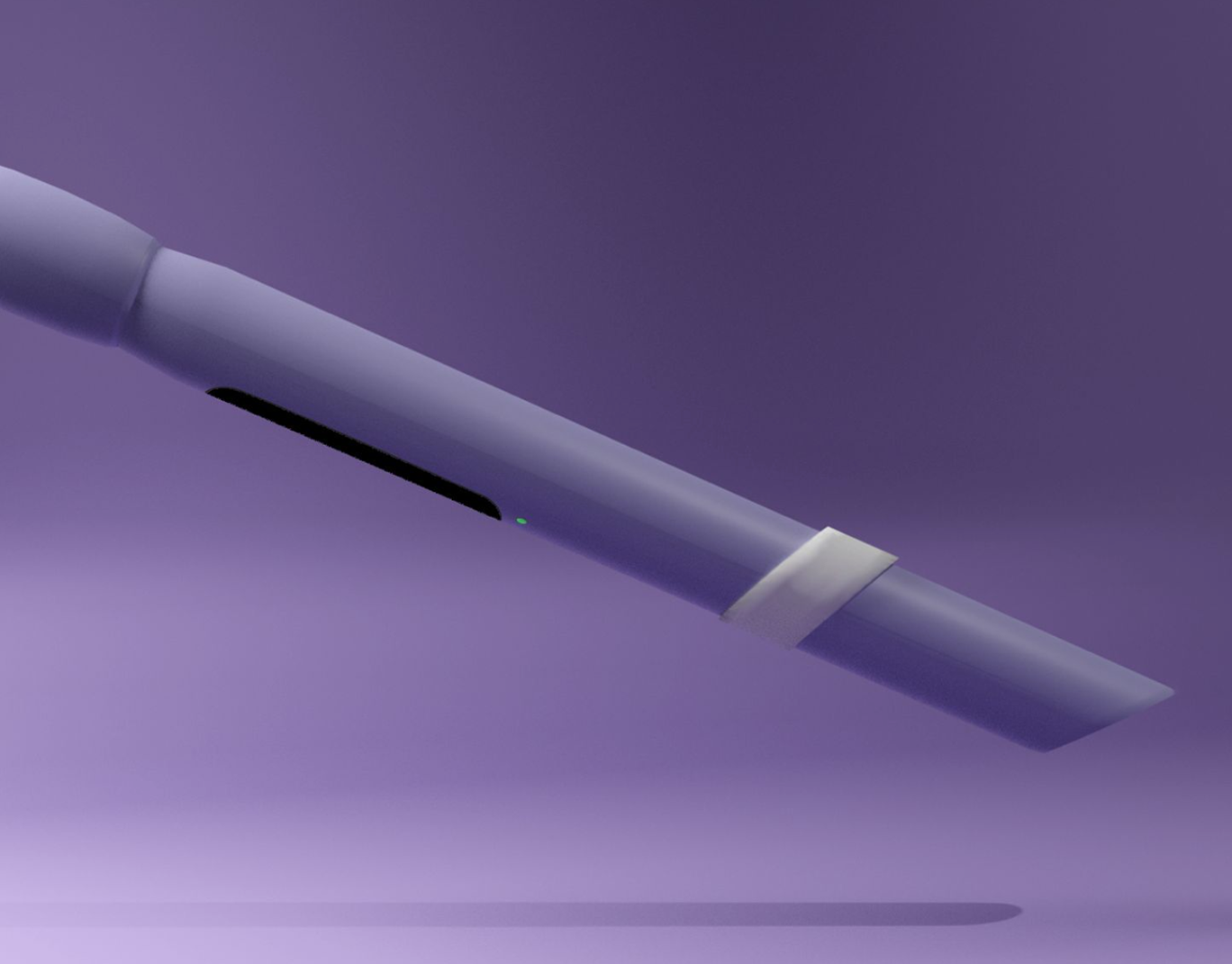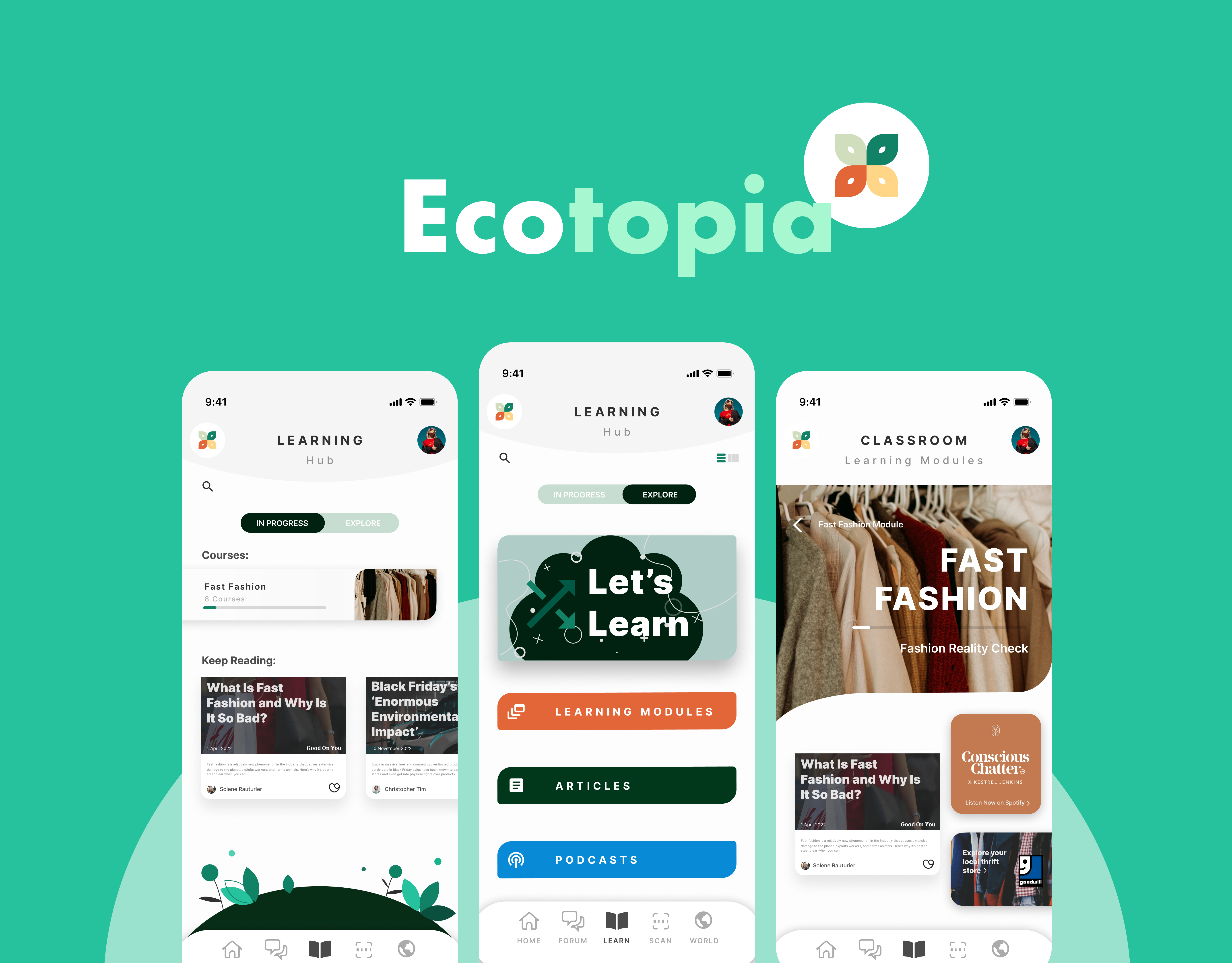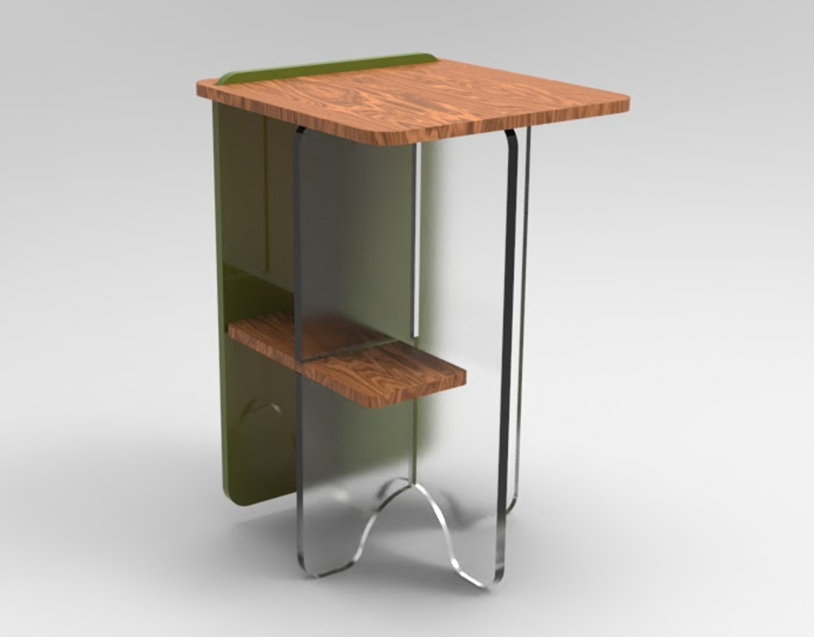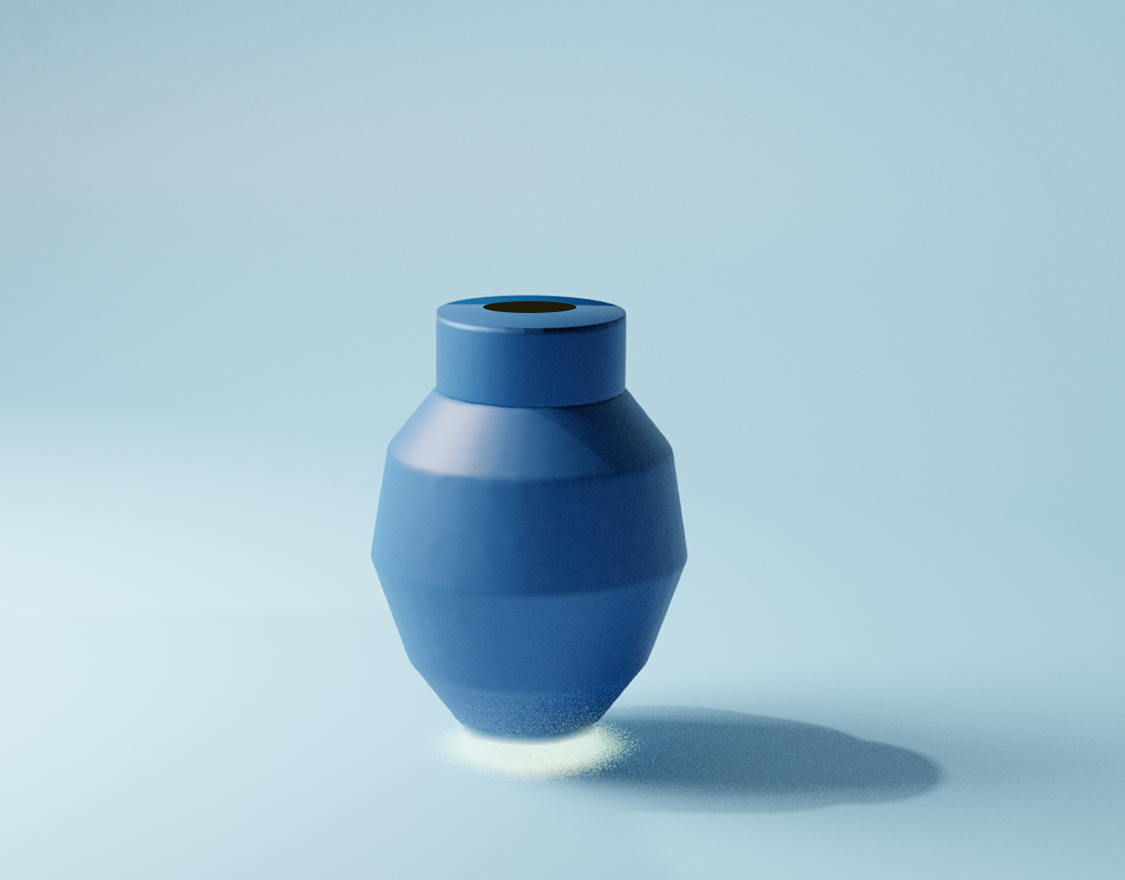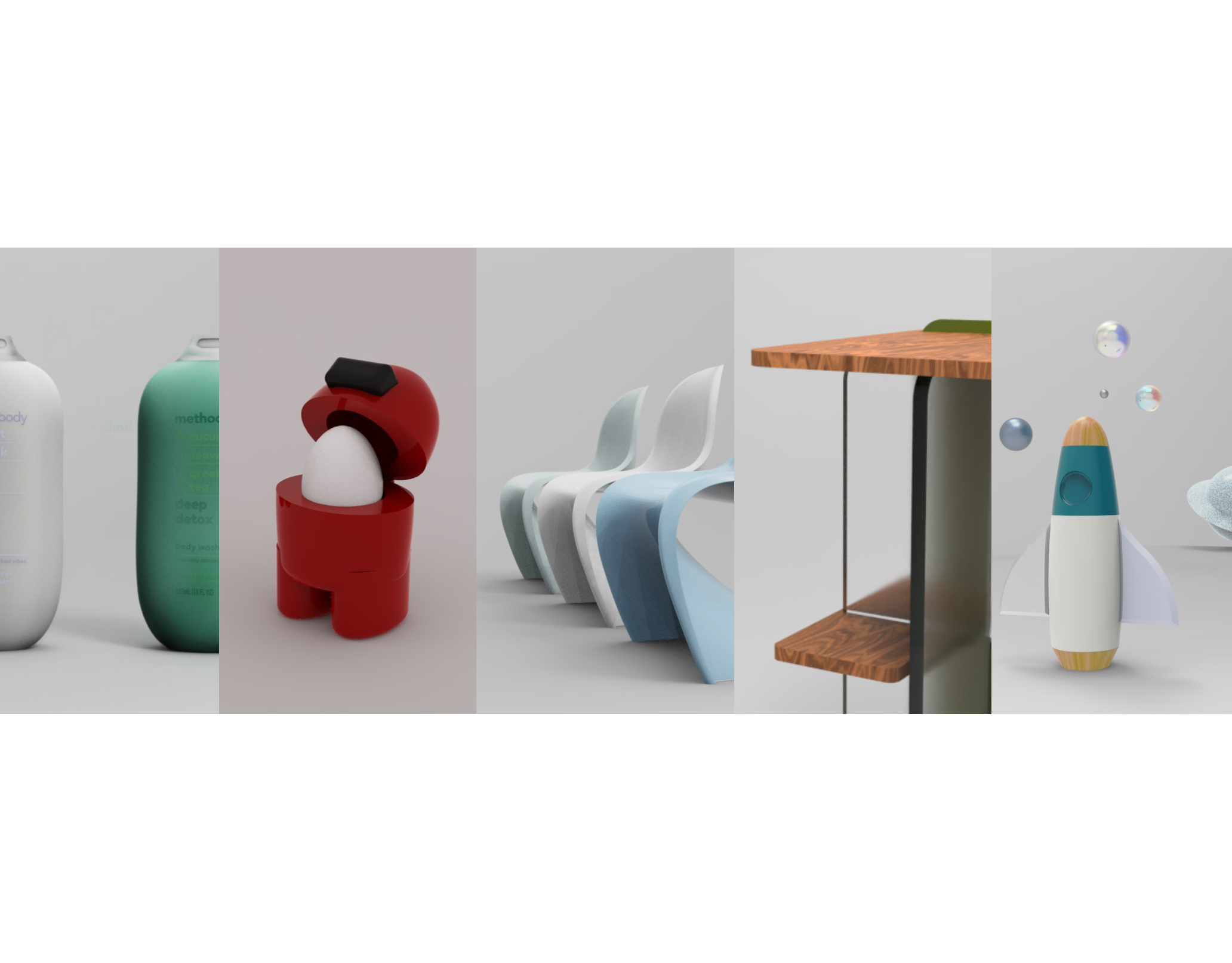OVERVIEW
Overview
Product
A portable meal-prepping station + cooking app that provides organization and ease in the at-home cooking experience.
This helps those who live in small spaces to optimize existing kitchen space, declutter counters, and minimize messes.
This helps those who live in small spaces to optimize existing kitchen space, declutter counters, and minimize messes.
Duration
6 weeks
Responsibilities
Contextual Research
Competitor Analyses
Defining User Groups
Interviews/Surveys
Affinity Mapping
Archetypes
Prototyping
CAD Modeling + Rendering
Brand Development
Competitor Analyses
Defining User Groups
Interviews/Surveys
Affinity Mapping
Archetypes
Prototyping
CAD Modeling + Rendering
Brand Development
My Role(s)
UX Researcher
Industrial Designer
Product Designer
The Challenge:
Create a houseware (personal care, home healthcare, tableware, kitchenware, cleaning products, connected home products, etc.). Meet a current consumer need or create a concept for a future product with the option of including packaging and point-of-sale.
Housewares define the way we live by influencing our surroundings. Technology is also rapidly advancing and integrating "smarter" objects into households, so how can we leverage both to solve a problem that causes frustration at home?
The Research:
Discovery + Definition
Which sector of housewares has the greatest potential for problems?
Who will be the target users of a product aiming to tackle counter-space issues?
Two personas were inspired by the biaxial map and honed in on the needs of those living in small spaces.
With a focus on helping those who live in smaller spaces, I aimed to approach their need for more counter space a little abstractly.
Instead of creating MORE counter space (which could invite more clutter), I wanted to explore how EXISTING space could be optimized with a product that allows the user to consolidate tools and ingredients + an app that influences more organized cooking.
The Strategy:
Development + Testing
Roadblock⚠️
Industry standards and materials must be taken into consideration.
Additional research helped determine appropriate dimensions and material choices.
The station parts used for ingredients also need to be easy to wash or dishwasher-safe. Thus, drawers with dividers are not as practical and modular containers are a better design choice.
The Solution:
A portable meal prep station + cooking app that simplifies cooking and keeps existing counters clean through emphasis of organization and consolidation.
For someone with a busy lifestyle, experiencing the Flavor Station would consist of :
1. browsing the Flavor app to discover recipes and create meal plans
2. buying groceries on least busy day
2. pre-cutting and measuring fresh ingredients in the Flavor Station
3. storing away components individually or stacked in the pantry or fridge
4. cooking a delicious meal with ready-to-cook ingredients after a long work day
The App:
Branding + Wireframing + Prototyping
INTERACT WITH THE APP:
Takeaways:
Focusing on the product's manufacturability is influential to the form and functionality.
While enrolled in a materials class around the same time, I built attentiveness to Flavor's material choices and dimensions, and carried this into its Solidworks model to create realism in the final renders.
If I had more time:
Create a working prototype station to conduct a co-creation study and let participants "live" with the product for a weekend.
Explore sizing and different dimensions to accommodate a variety of kitchens.
Further explore optimizing existing kitchen space and break stigma on small-space cooking being stressful or unmanageable.

